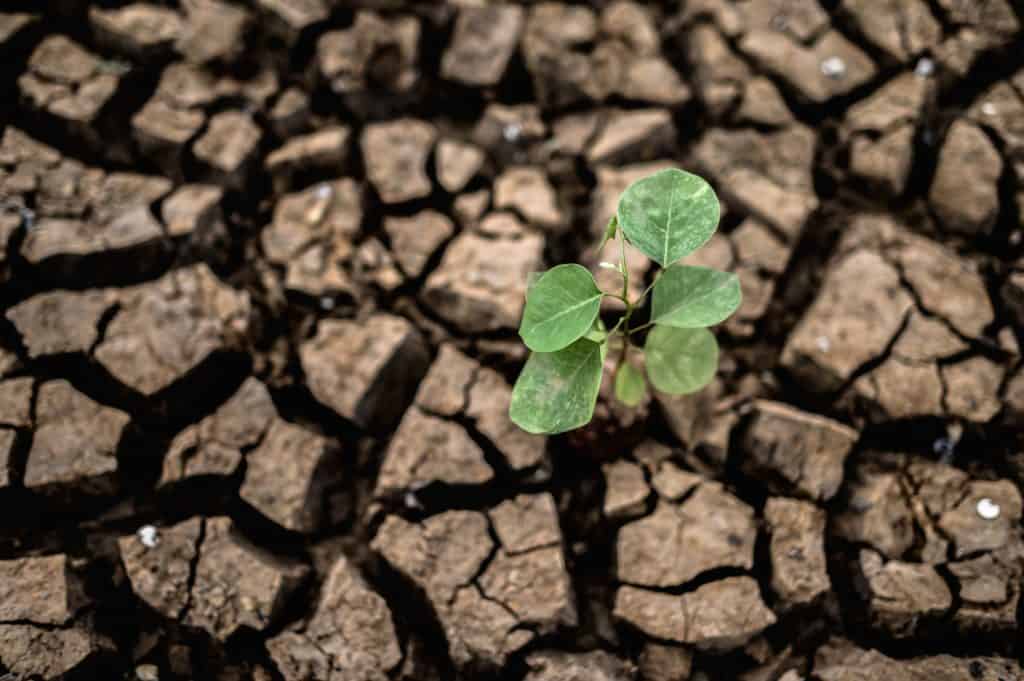
In This Article
Health is a multifaceted concept that extends beyond the absence of illness. It encompasses physical, mental, and social well-being. While lifestyle choices and genetic factors play significant roles in determining an individual’s health, the environment in which we live also plays a crucial role.
In recent years, the interconnection between health and the environment has gained increasing attention, highlighting the need for a holistic approach to well-being. This article explores the various ways in which the environment influences our health and the importance of sustainable practices for a healthier future.
Air Quality and Respiratory Health
One of the most direct links between the environment and human health is air quality. Poor air quality, often a result of industrial emissions, vehicle exhaust, and other pollutants, can have severe consequences on respiratory health. Fine particulate matter (PM2.5) and pollutants like nitrogen dioxide can lead to respiratory diseases such as asthma, bronchitis, and even lung cancer. It is imperative to address these environmental factors to mitigate the impact on public health.
Water Quality and Waterborne Diseases

Access to clean and safe water is essential for maintaining health. Contaminated water sources can lead to waterborne diseases, affecting millions of people globally. Poor sanitation and inadequate wastewater management contribute to the spread of diseases like cholera, dysentery, and typhoid. Sustainable water management practices and the protection of water sources are crucial for preventing waterborne illnesses.
Climate Change and Infectious Diseases
Climate change, driven by human activities such as burning fossil fuels and deforestation, is not only reshaping our planet but is also posing a significant threat to global health. One of the alarming consequences of these environmental shifts is the increasing spread and prevalence of infectious diseases. As temperatures rise and weather patterns become more erratic, the dynamics of disease transmission are undergoing profound changes, presenting challenges for public health systems worldwide.

- Altered Disease Vectors: Climate change has a direct impact on the distribution and behaviour of disease vectors, such as mosquitoes and ticks. Warmer temperatures expand the geographical range of these vectors, exposing new populations to diseases they were previously shielded from. For instance, the spread of malaria, once confined to specific regions, is now encroaching into higher altitudes and temperate zones due to changing temperatures and rainfall patterns.
- Vector-Borne Diseases: Diseases like malaria, dengue fever, and Lyme disease are particularly influenced by climate change. The proliferation of mosquitoes carrying diseases thrives in warmer and more humid conditions. This not only affects tropical regions but extends the risk to areas previously considered less susceptible. As a result, communities unprepared for these diseases face heightened health risks.
- Extreme Weather Events: The increase in the frequency and intensity of extreme weather events, such as hurricanes, floods, and heat waves, can have profound effects on public health infrastructure. Disruptions to healthcare systems, the displacement of populations, and compromised access to medical care create fertile grounds for the spread of infectious diseases. Contaminated water, inadequate sanitation, and the collapse of healthcare facilities exacerbate the risks.
- Emergence of New Diseases: Climate change can also contribute to the emergence of new infectious diseases. As ecosystems shift and animals migrate to new habitats in response to changing climates, there is an increased risk of zoonotic diseases – diseases transmitted from animals to humans. Examples include the Ebola virus and certain strains of influenza that originated in wildlife populations.
- Vulnerability of Developing Nations: Developing nations, often lacking the resources to adapt to or mitigate the impacts of climate change, face disproportionate risks from the intersection of environmental shifts and infectious diseases. Limited access to healthcare, inadequate infrastructure, and socioeconomic challenges amplify the health burden on vulnerable populations.
Biodiversity and Mental Health
The loss of biodiversity, driven by factors like deforestation and habitat destruction, not only affects ecosystems but also has repercussions for mental health. Nature plays a vital role in promoting mental well-being, and the decline of green spaces can contribute to increased stress, anxiety, and depression. Preserving biodiversity and ensuring access to natural environments can have positive effects on mental health and overall quality of life.
The Role of Sustainable Practices
As the world grapples with the intricate relationship between environmental well-being and human health, the spotlight is increasingly turning towards sustainable practices as a pivotal solution. Sustainable living involves making choices that minimize harm to the planet, conserve natural resources, and promote ecological balance. By adopting sustainable practices, individuals, communities, and nations can contribute to a healthier environment, subsequently enhancing overall human health. Here’s a closer look at the multifaceted role of sustainable practices:
- Reducing Carbon Footprint: Sustainable practices aim to mitigate climate change by reducing carbon emissions. Individuals can contribute by embracing energy-efficient technologies, using public transportation, and supporting renewable energy sources. Lowering carbon footprints not only helps combat global warming but also improves air quality, directly benefiting respiratory health and reducing the prevalence of respiratory diseases.
- Promoting Sustainable Agriculture: Agriculture is a significant contributor to environmental degradation, from deforestation to the excessive use of chemical fertilizers. Sustainable agriculture emphasizes environmentally friendly farming practices, such as organic farming, agroforestry, and crop rotation. By supporting sustainable agriculture, communities can ensure access to nutritious food while preserving biodiversity and minimizing the use of harmful pesticides and herbicides.
- Waste Reduction and Circular Economy: Excessive waste production poses a threat to ecosystems and human health. Sustainable practices advocate for waste reduction, recycling, and the transition towards a circular economy. By minimizing single-use plastics, recycling materials, and repurposing resources, individuals contribute to cleaner environments and reduce the risk of waterborne diseases associated with polluted water bodies.
- Conserving Water Resources: Sustainable water management is crucial for ensuring access to clean water and preventing waterborne diseases. Individuals can contribute by using water efficiently, fixing leaks, and supporting policies that promote responsible water usage. Conserving water resources not only safeguards ecosystems but also ensures a sustainable supply of clean water for drinking and sanitation.
- Preserving Biodiversity and Ecosystems: Biodiversity loss has far-reaching implications for human health, including an increased risk of infectious diseases and a negative impact on mental well-being. Sustainable practices involve protecting natural habitats, reforestation efforts, and responsible land use planning. By preserving biodiversity, communities can enjoy the mental health benefits of green spaces while maintaining a balance in ecosystems.
- Consumer Choices and Ethical Practices: Sustainable living extends to consumer choices, encouraging individuals to support ethical and environmentally conscious products and companies. By opting for sustainable and locally sourced goods, consumers contribute to the reduction of environmental harm caused by transportation and unethical production practices. This, in turn, supports a healthier environment and promotes responsible business practices.
Conclusion
The inextricable link between health and the environment underscores the importance of adopting a comprehensive and sustainable approach to well-being. Recognizing the impact of air and water quality, climate change, and biodiversity loss on human health allows us to make informed choices that benefit both individuals and the planet. By embracing eco-friendly practices, advocating for environmental conservation, and promoting sustainable policies, we can strive towards a future where a healthy environment contributes to the overall health and prosperity of the global population.



